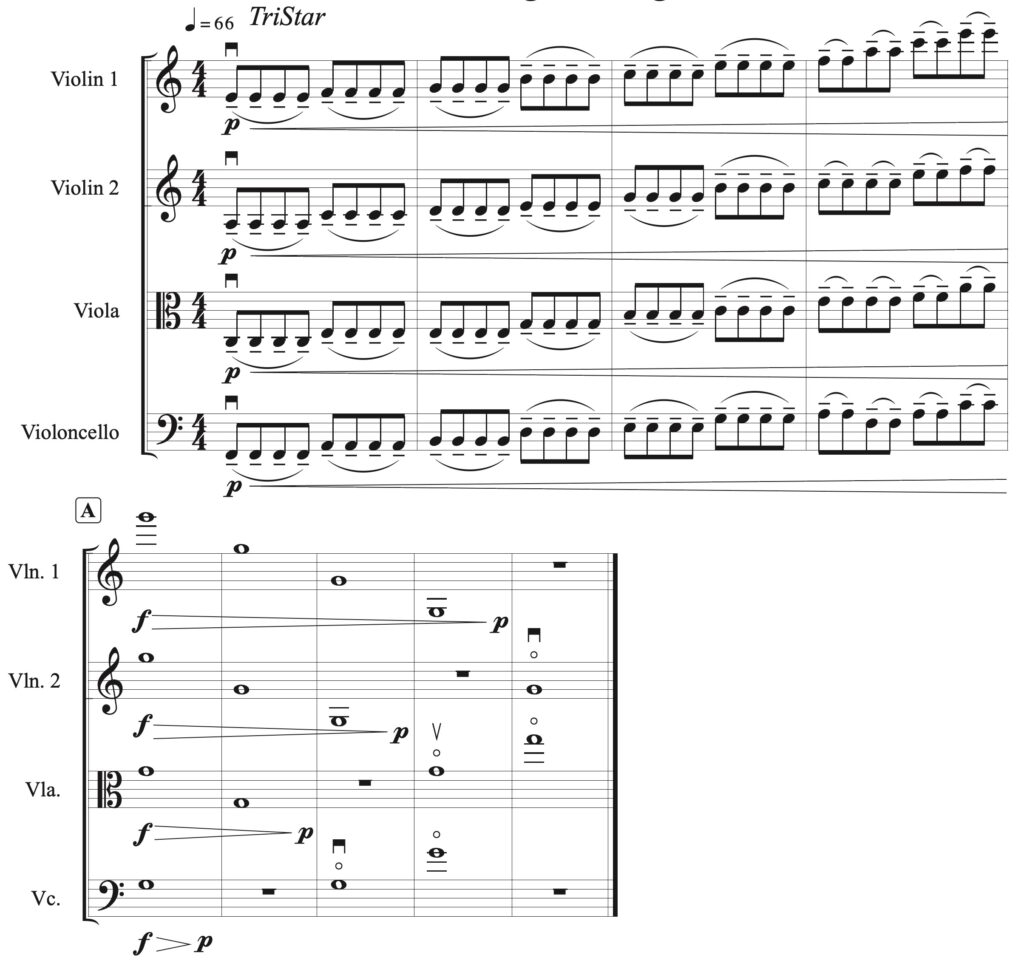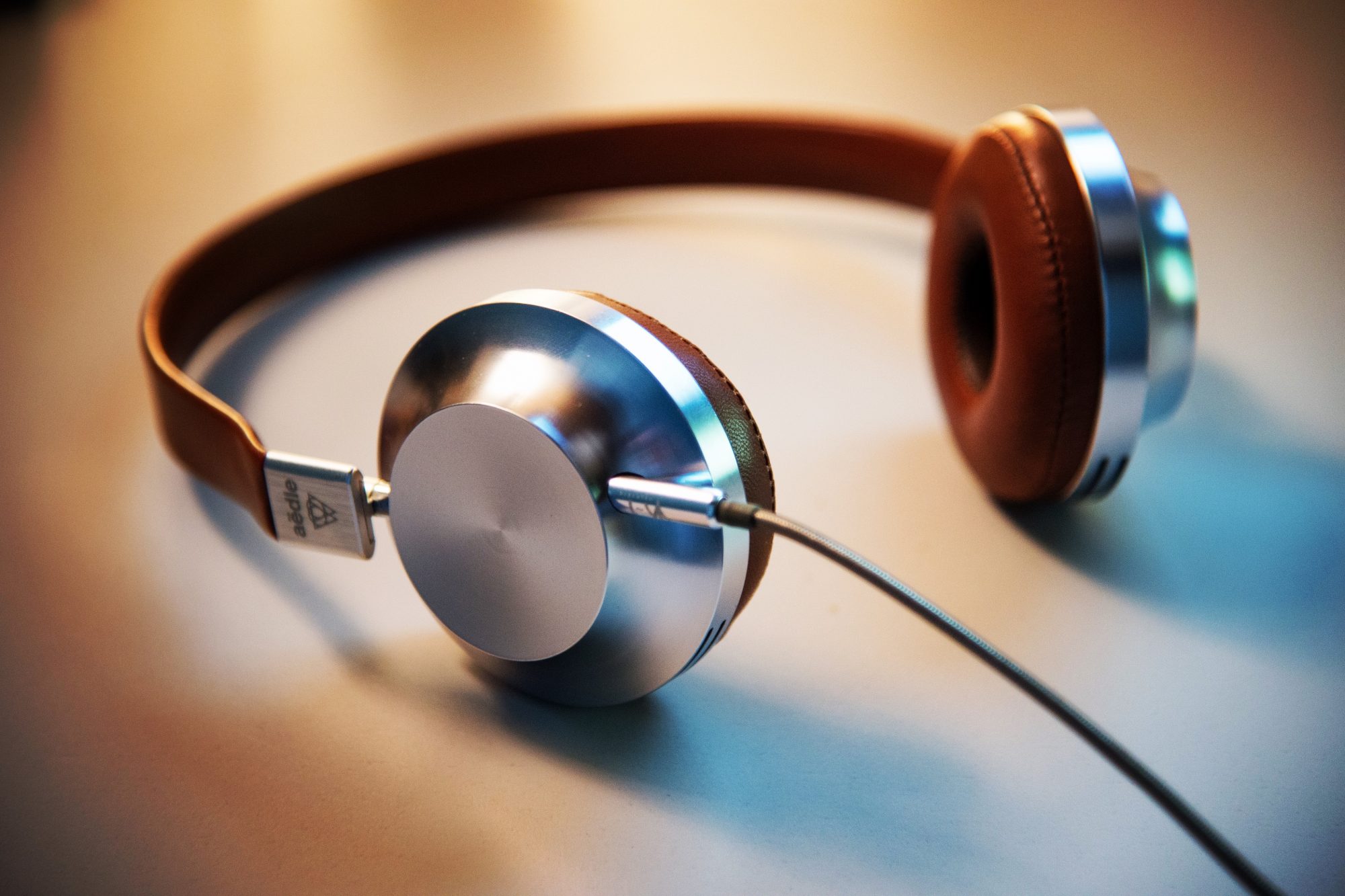Week two has not been as productive as I had hoped. Part of that is due to labor day, part is due to a trip to Boston on Tuesday, and part of it is due to a cursed plumbing job that would never end. Finally, on Wednesday, the external hard drive I use for recording started acting quirky, so I went out and bought a new drive, and spent many hours transferring about a terabyte of data to the new drive. I am glad to report that that process went well, and all my data is safe.
Before going through my productivity for the week, a bit of background on the project. The album will consist of nine pieces. Each piece is in ternary form (ABA). The lead guitar the drum machines and the automated synthesizers pretty much play throughout each piece. This material is already fairly thick and robust. For the additional instruments I am recording I plan to have them play one phrase for each section. Since I completed work on the theremin recordings last week that means there will be 27 theremin phrases on the album (3 x 9 = 27).
The reason I was able to complete the theremin recordings last week is I went into my sabbatical having already recorded many theremin and bass harmonica recordings. To complete my bass harmonica recordings I only needed to record seven more phrases. That being said, I only got four phrases recorded this week, so next week will be a light week for bass harmonica, and I will likely get a head start on recording fretless bass next week.
The four recordings I made this week were all for B sections, specifically, for: TriStar, 737, DC-8, and 707. I feel that bass harmonica is an integral part of my sound as Darth Presley. I love the sound of a bass harmonica. In fact, in terms of satisfaction per dollar, my bass harmonica is one of my favorite instruments. That being said, bass harmonicas manufactured in most countries are actually quite expensive. There are, however a few Chinese manufacturers that make budget instruments. The instrument I have is a Swan bass harmonica, which can be purchased for under $200.
Since this is a light week, I’ll comment a bit on the string arrangements. As I stated last week, I finished the string arrangements. Over the long weekend I formatted them on paper, and created parts for each of the four instruments. The recording session is booked for late October. The musicians will be listening to a click through headphones while recording, so I should be able to just drop the recordings into place once they are edited and mixed.
Each of the string arrangements covers the transition from the B section to the return of the A section. For each movement, the number of pitches used in the B section is greater to or equal to the number of pitches used in the A sections. To put it another way, the A sections have a limited number of pitches (as little as one, and no more than six), while the B sections tend to have a much greater variety of pitches (at least three, and as many as nine).
In the interest of leaving the reader with an image to look at for the week, I’ll leave you with the score for the string arrangement of TriStar. All of the string arrangements for Rotate tend to have a similar profile to this movement, that is the pitch tends to go up, and tends to crescendo into the arrival of the final section. In this case, that section uses only the note G.

